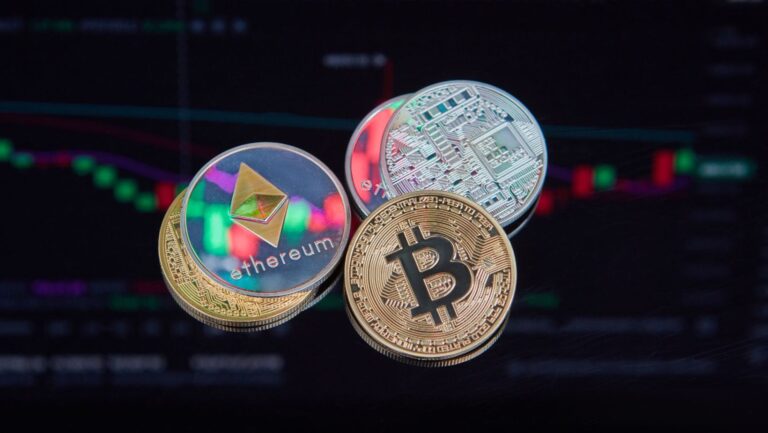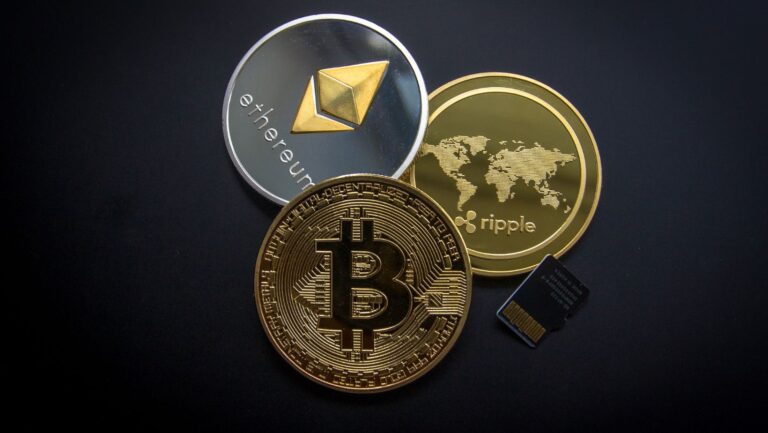In a world where the digital space is evolving faster than ever, keeping your intellectual property (IP) safe can feel like a 24/7 job. Enter the era of blockchain, crypto, and NFTs, where the idea of ownership is getting a complete makeover. Whether you’re a creator, an entrepreneur, or just a curious mind, understanding how to protect your IP in this tech-heavy space has become non-negotiable. But how exactly do you safeguard something as abstract as intellectual property when it’s floating around in decentralized digital clouds?
What Is Intellectual Property in the Digital World?
At its core, intellectual property covers your creative works, inventions, and ideas—the stuff that makes your business or brand unique. From a trademark on a logo to a patent on an innovative tech product, IP is what stops others from copying your hard work. But the way we approach IP protection is rapidly changing, thanks to digital technology.
In the internet age, you no longer have full control over where your work ends up. Think about it: a single post on social media can go viral in seconds. This has made it easier for people to swipe others’ ideas, artwork, music, or even entire business concepts. And now, with the rise of NFTs (Non-Fungible Tokens), the boundaries of ownership and rights over digital goods are being pushed even further.
But here’s the thing—blockchain technology, which powers NFTs and cryptocurrencies, also offers new ways to protect your IP. Unlike the Wild West days of the Internet, blockchain allows creators to embed their work with a digital fingerprint that stays with the content no matter where it goes. Sounds great, right? Well, it’s not all smooth sailing.
The Legal Gray Areas of NFTs
NFTs are essentially digital certificates of authenticity that prove ownership of a unique asset, whether it’s a piece of digital art or a song. The concept has exploded in popularity, with artists and creators cashing in on this new form of selling their work. But with the hype comes a lot of confusion. The big question is: What are they actually buying when someone buys an NFT?
The short answer is that they’re buying the right to claim ownership of the asset but not the intellectual property rights themselves. So, if you’re a creator minting an NFT, you still retain the rights to your work unless you explicitly transfer them. This means you can sell prints, make merch, or monetize your creation outside the NFT world.
However, the laws surrounding NFTs are still murky. Can someone display your NFT without permission? Are they allowed to profit from it by reselling it? And what happens when your IP is minted as an NFT without your knowledge or consent? These are questions that don’t have clear answers yet, largely because we’re still waiting for solid regulation in the crypto industry. Without these legal guidelines, it’s a bit like trying to navigate the high seas without a compass.
The Rise of Tokenized Assets and IP Security
The next big thing to hit the crypto world is tokenized assets. Essentially, tokenization is the process of converting rights to an asset into a digital token on a blockchain. For instance, real estate, art, or even stocks can be tokenized, meaning ownership is split into smaller, easily tradable tokens. It’s like owning a piece of a Picasso painting without having the whole thing in your living room.
So, where does IP come into play here? Tokenization opens up a whole new world of opportunities for creators to secure and sell their work. Imagine selling shares of your IP rights, like how a songwriter might sell rights to future royalties from a hit song. This could revolutionize music, art, and even tech industries by giving creators more control over their financial future. Blockchain’s decentralized nature means that once something is tokenized, it’s nearly impossible to alter or forge—providing some serious protection.
The standout benefit? With tokenized assets, you know exactly where your IP is, who’s trading it, and how it’s being used. This transparency isn’t something we’ve had before in the digital age. It offers a level of security and confidence that traditional copyright laws have struggled to maintain, especially in online spaces.
Challenges and the Path Forward
Despite all the potential, tokenized assets and NFTs are still in their infancy and are not without challenges. First, there’s the issue of enforcement. Even if you have a tokenized version of your IP, enforcing your rights if someone misuses it is still tricky. After all, blockchain might be transparent, but it’s also decentralized, meaning there’s no central authority to step in when things go wrong.
Second, tokenized assets and NFTs rely heavily on the platforms that create and trade them. And while these platforms may seem secure today, they’re not immune to hacking, fraud, or collapse. What happens if the platform hosting your tokenized IP goes under? It’s a risk that creators must be aware of as they explore these new frontiers.
So, while blockchain and tokenization offer promising ways to secure your IP, they are not foolproof systems—at least not yet.
As the digital world continues to grow, protecting your intellectual property has become more complicated but also more crucial than ever. With the rise of NFTs, tokenized assets, and blockchain technology, creators now have more tools. But with these opportunities come new legal challenges and risks that everyone, from artists to entrepreneurs, needs to understand.
To truly protect your IP in this space, staying informed and proactive is important. Whether that means getting legalA advice on minting NFTs or exploring how tokenization could work for your business, the key is to not let this rapidly evolving space leave you behind. Embrace the tech, but always watch how it affects the rights you hold over your creations. After all, the future of IP is already here—it’s just up to you to claim it.






